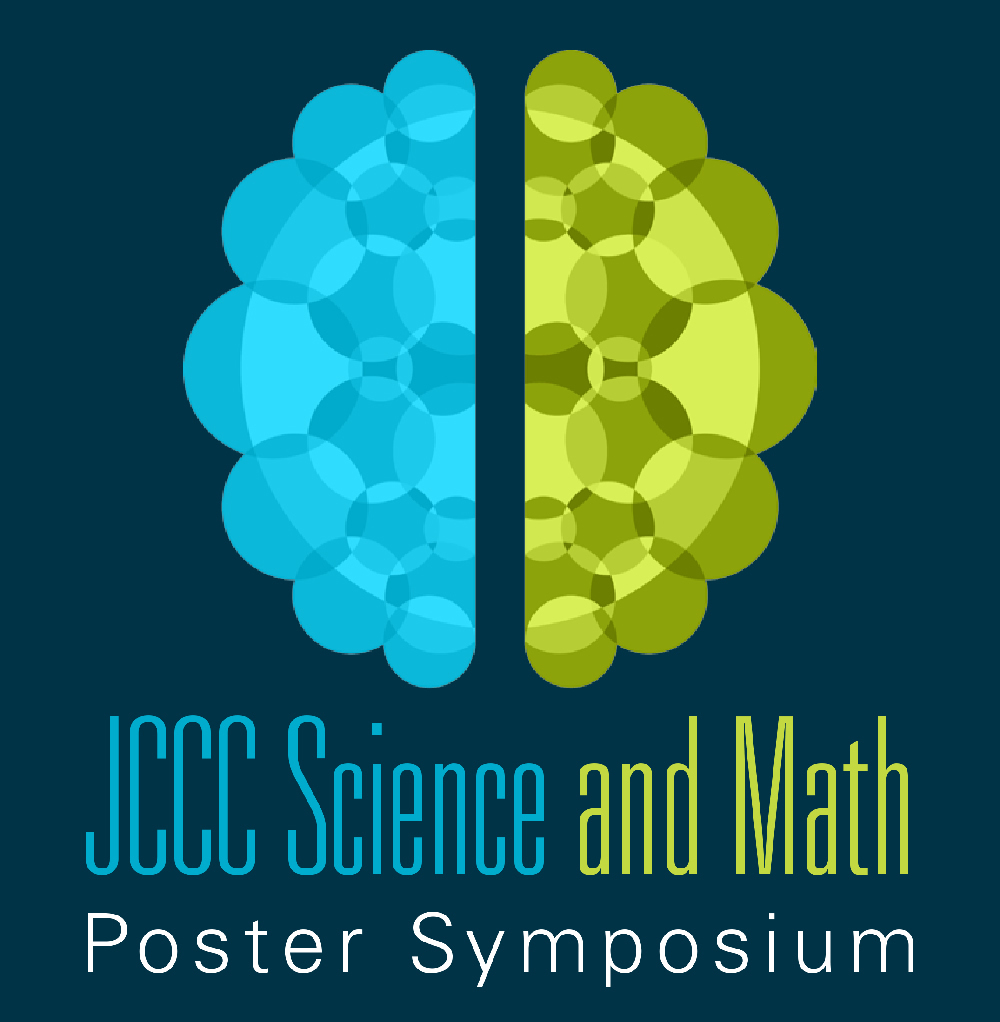The Microscopic War
Location
CoLab
Start Date
3-5-2019 10:30 AM
End Date
3-5-2019 11:45 AM
Document Type
Poster
Description
Unbeknownst to many, microscopic soldiers, all around us are waging war for humanity’s survival. These soldiers even at their microscopic size can pack a punch when encountering the most formidable foes, a champion to the immune system. Those champions are antibiotic yielding microbes and they exist in the soils all over our planet. The purpose of this experiment is to collect a small sample of soil found within the community and perform a series of isolating techniques from which to view the effects of those particular microbes against pathogens. Isolation occurs by utilizing serial dilution and petri plating techniques to unwind and separate the soil seeing different microbial growth appear. Next, through individual selection only those colonies (microbial groupings) that are unique through their particular morphology or distinguishing characteristics will make the cut. The select few will make their way to a new plate from which to grow, providing ample sample to perform select experiments. When sufficient growth has occurred these bacterial microbes will undergo a barrage of tests against known pathogens, in order to visualize circumstances of antibody-like producing inhibition. This significance is a preliminary indication of what might be an antibody-producing agent of medical application against known or unknown pathogens. Once the bacterial microbe sample is deemed an antibody-producing agent, we will begin a system of growth and genetic analysis techniques to classify for future research. In the end, only the strongest microbial soldiers will survive.
Image
The Microscopic War
CoLab
Unbeknownst to many, microscopic soldiers, all around us are waging war for humanity’s survival. These soldiers even at their microscopic size can pack a punch when encountering the most formidable foes, a champion to the immune system. Those champions are antibiotic yielding microbes and they exist in the soils all over our planet. The purpose of this experiment is to collect a small sample of soil found within the community and perform a series of isolating techniques from which to view the effects of those particular microbes against pathogens. Isolation occurs by utilizing serial dilution and petri plating techniques to unwind and separate the soil seeing different microbial growth appear. Next, through individual selection only those colonies (microbial groupings) that are unique through their particular morphology or distinguishing characteristics will make the cut. The select few will make their way to a new plate from which to grow, providing ample sample to perform select experiments. When sufficient growth has occurred these bacterial microbes will undergo a barrage of tests against known pathogens, in order to visualize circumstances of antibody-like producing inhibition. This significance is a preliminary indication of what might be an antibody-producing agent of medical application against known or unknown pathogens. Once the bacterial microbe sample is deemed an antibody-producing agent, we will begin a system of growth and genetic analysis techniques to classify for future research. In the end, only the strongest microbial soldiers will survive.


Comments
The faculty supervisor for this project was Matthew Faulkner, Biology.